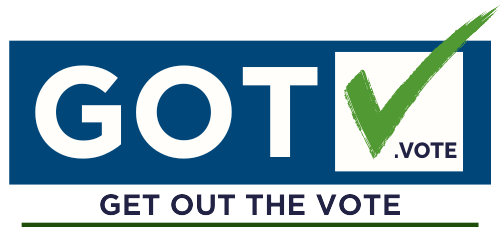Untapped Potential: Campaigns Neglect Young Voters
Most young people don’t vote. Most Americans 18-29 don’t vote, and a majority of Americans in this age group haven’t voted in over 50 years. Their turnout for national elections is consistently under 50%, and if you thought that’s bad, it’s even worse in midterms, with only 27% of this demographic voting in 2022. Nevertheless, young people are at the forefront of activism, fighting for policies like climate change, gun control, reproductive freedoms, and police reform.
A significant factor is that campaigns and political organizations ignore young voters. A 2022 poll showed that major party candidates contacted only 38% of young voters in the midterm elections. This is significantly lower than the general population. Being approached by campaigns is crucial in getting young voters out to vote, who are often unfamiliar with the process. Being contacted by a campaign is statistically proven to boost someone’s chance of voting. Young people who reported being contacted were 29% more likely to have voted. This contact is crucial because many people in this age group are first-time voters, so they often know less about elected leaders. A campaign doesn't just need to persuade voters to vote for a candidate. They also must turn them out to the polls.
In the GOTV phase of a campaign’s field operation, campaigns ensure that voters know how to cast a ballot. Because of their perception as unlikely voters, young people are less likely to be contacted. Because they are new to the process, they need additional help voting. They are less likely to know how to register or to know their polling place than someone who has been voting for decades. This lack of voting knowledge is reflected in data as to why young people didn’t vote. 21% said they didn’t know enough about candidates or how to cast a ballot. The other 9% had problems trying to vote absentee or in person. 8% missed the registration deadline, and 4% found registration to be too difficult.
Campaigns don't target young people because they want to focus exclusively on “likely voters.” Young people throughout history have turned out at lower rates than the general public. Based on this data, they are identified as unlikely to vote and receive less attention. Many campaigns also look at voting history when deciding who to target. It’s clear if a 40-year-old is politically engaged, as they have two decades of voting history. Someone 21, however, is just experiencing their first presidential election year and may not be contacted for persuasion or GOTV.
Young people are politically engaged because they care about issues but feel disconnected from candidates. This is why 59% of young voters in the midterm elections said that Biden wasn’t a factor in their vote. Young voters are motivated by issues like climate change, gun violence, and abortion. This means that because of young support for liberal policy positions, there is untapped potential for democratic candidates to pick up votes.
The key is that campaigns and organizations need to contact them. And if just a fraction of the young people who weren’t contacted but are already known to support democratic policy positions came out to vote, many seats would flip from red to blue. Lastly, most millennials and Gen Z are independents despite their overwhelmingly liberal political views. Suppose campaigns contact and demonstrate how they already agree with democratic policies. We can not only turn them out for one race, but we can turn them into lifelong democrats.

